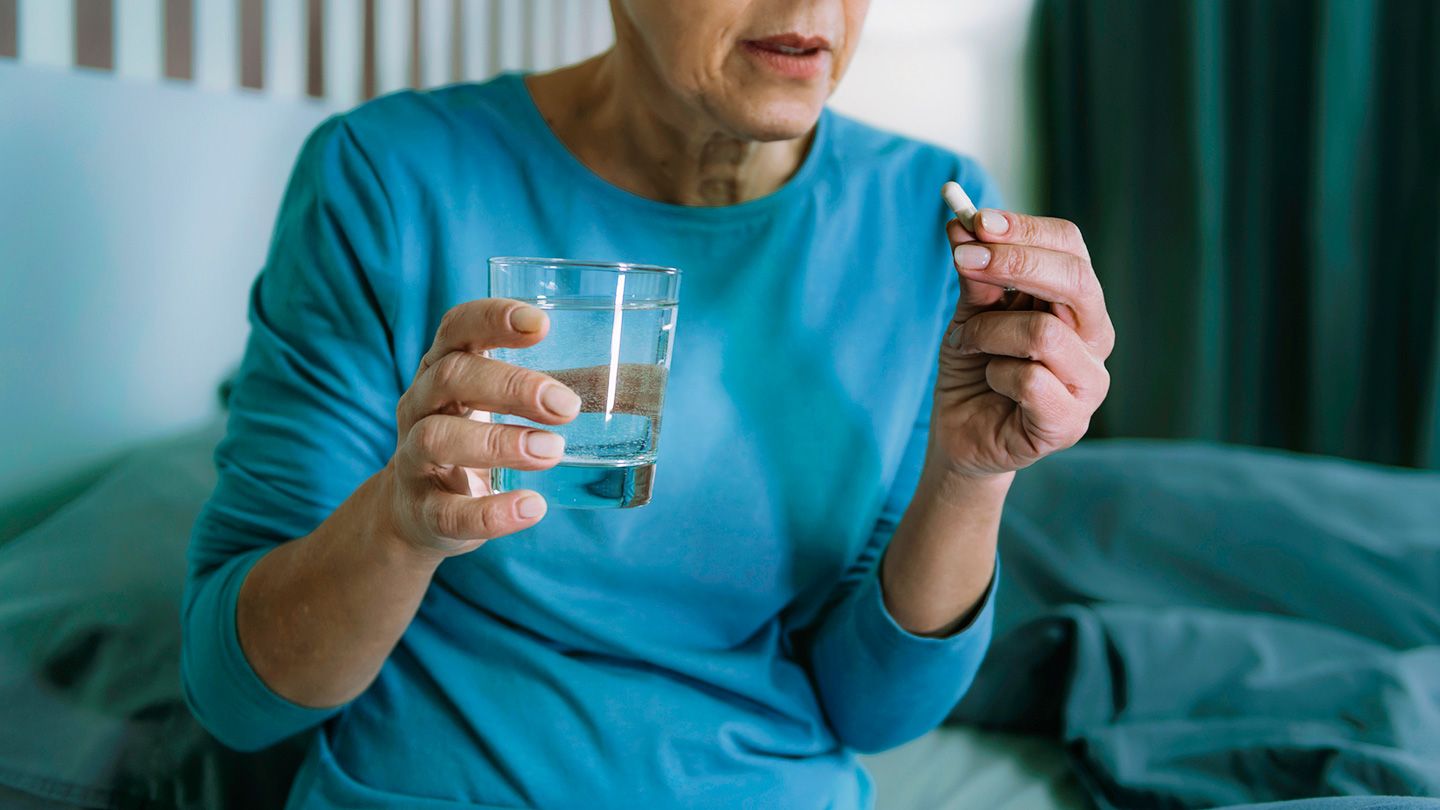Advances in Treatment Are Lowering Cancer Deaths — but Not Equally Across Racial Groups
Treatment advances for many types of cancer helped boost survival odds. From 2016 to 2020, for example, improved treatments contributed to a 2 percent annual decline in deaths from leukemia, melanoma, and kidney cancer, the study found. Lung cancer death rates are also falling at twice the pace of new cases, aided by new targeted therapies for non-small-cell lung cancer, the subtype that accounts for 80 percent of cases, Siegel says.
But not all patients are benefiting equally from these treatment gains. “Cancer survival rates are lower for Black people than for white people for almost every cancer site,” Siegel says.
Black Men Are More Likely to Die of Prostate Cancer Than Men of Any Other Race
Survival disparities are especially stark for prostate cancer. According to the report, prostate cancer death rates climbed 3 percent a year from 2014 to 2019, driven in large part by a 2012 U.S, Preventive Services Task Force recommendation against widespread screening. Since 2011, the proportion of men diagnosed with advanced prostate cancer has climbed 4 to 5 percent annually.
These trends have disproportionately impacted Black men, who are two to four times more likely to die of prostate cancer than any other racial or ethnic group, the study found.
“While cancer incidence and mortality is higher for numerous cancer types for Black patients, this is most striking in prostate cancer,” says Daniel Spratt, MD, a professor and the chair of radiation oncology at Case Western Reserve University and the University Hospitals Seidman Cancer Center in Cleveland.
Black Women Are 40 Percent More Likely to Die of Breast Cancer Than White Women
Disparities are also stark for breast cancer. Overall, breast cancer fatalities have declined by about 1 percent annually over the past decade. Annual decreases were higher in previous decades due to a combination of increased awareness, greater use of screening mammograms, and newer targeted treatments.
Many Black women don’t appear to be benefiting from these trends, however. Even though diagnosis rates are 4 percent lower for Black women than for white women, they are 40 percent more likely to die of breast cancer, the study found.
Disparities in cancer mortality persist for Black people in large part due to social determinants of health such as limited access to care, lower quality treatment, fewer recommendations to follow screening guidelines, higher obesity rates, greater exposure to cancer-causing toxins, and chronic stressors, says Dr. Spratt, who wasn’t involved in the study.
“Many of these are clear drivers of cancer incidence and mortality, and focusing on methods to reduce these systematic inequities is critical to improve health outcomes,” Spratt says.
More Data Needed to Track Cancer Trends for Asian Americans
Reducing disparities may also require better data on outcomes for other racial and ethnic minorities to better detect gaps in cancer diagnoses and deaths, particularly for those who identify as Asian American or Pacific Islander (AAPI), says David Chang, PhD, MPH, an associate professor of surgery at Harvard Medical School and Massachusetts General Hospital in Boston who wasn’t involved in the study.
“AAPI are sometimes viewed as the model minority and are presumed to be doing well, but in fact, my personal experience suggests that when AAPI become patients, they may experience the same level of disparity as African Americans and Hispanic Americans,” Dr. Chang says.
This lack of data for AAPI women is evident in the study’s findings around cervical cancer. From 2012 to 2019, overall incidence rates plunged 65 percent among women 20 to 24 years old — the first group to grow up with a vaccine that protects against the strains of human papillomavirus (HPV) responsible for 70 percent of cervical cancers. While declines were similar for white, Black, and Hispanic women, researchers didn’t have enough data on AAPI women to analyze trends for them.
Still, these results offer clear evidence that the HPV vaccine can prevent cancer, Siegel says, for people of all genders.
“Every parent can protect their child’s health by getting them vaccinated during adolescence, when it is most effective,” Siegel says. “Vaccination will not only protect against cervical cancer, but against many other cancers caused by HPV, including certain oral cancers that are increasing, especially in white men.”
How to Reduce Your Risk of Developing Cancer
Beyond this, there’s a lot people can do to minimize their risk of developing or dying of a wide variety of cancers, according to the American Cancer Society. Not smoking, limiting alcohol, eating a well-balanced diet, getting plenty of exercise, and maintaining a healthy weight are all important.




